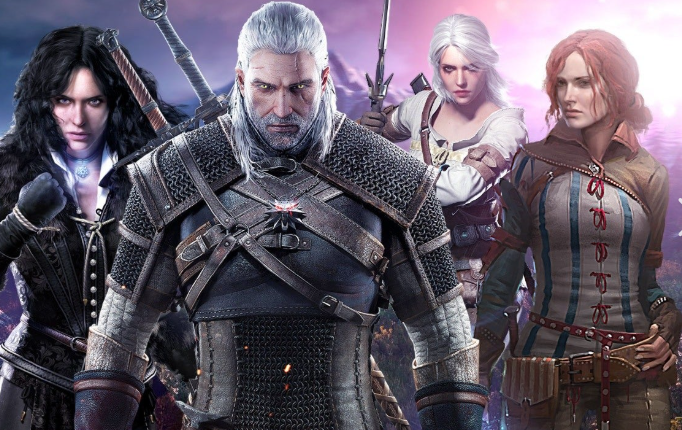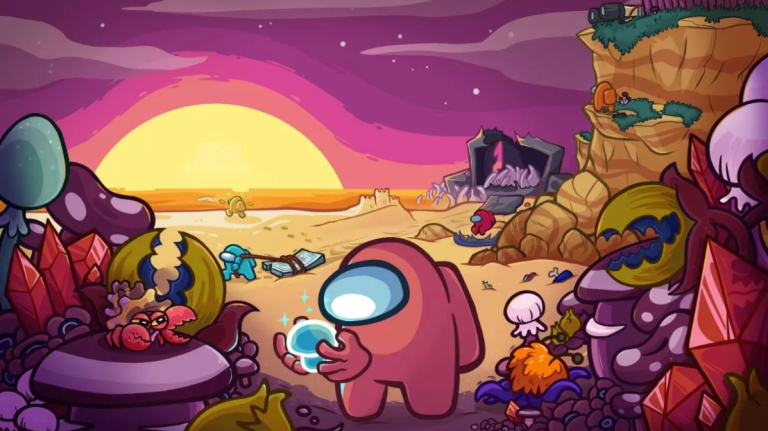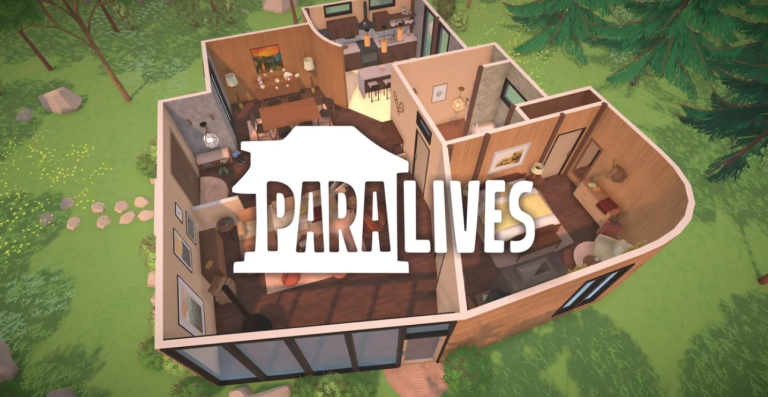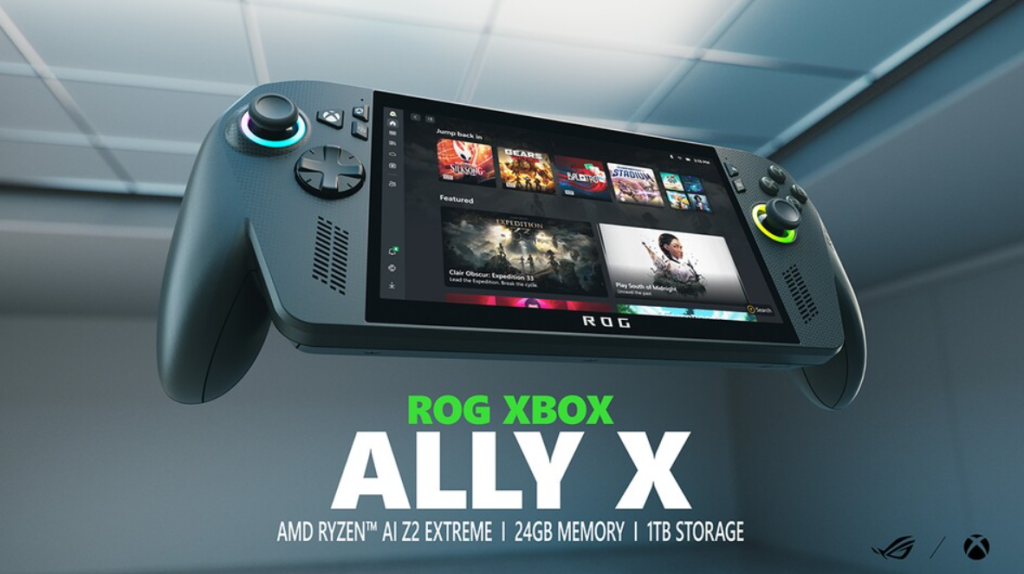
Last Friday night, as I scrolled through my phone waiting for a pizza delivery, a headline popped up that nearly made me drop my soda: “Xbox Handheld Officially Announced.”
As someone who’s played Xbox since the 360 era, my first thought was, Wait, Microsoft is finally doing a handheld? They’ve always seemed pretty uninterested in the handheld market, so this came as a surprise.
Naturally, I tapped in. And there it was—the brand-new ROG Xbox Ally.
Let me be honest: the moment I saw it, I squinted. It looked exactly like the ASUS ROG Ally that came out last year. I mean exactly. Except now it had an Xbox logo slapped on it. The name didn’t even try to hide it—ROG Xbox Ally—and there’s even a beefier version dubbed the ROG Xbox Ally X, mimicking the “Series X” naming convention.
Microsoft says this is a “breakthrough moment.” Their design lead, Carl Ledbetter, goes all in during the reveal video, while program manager Casey Bates holds the device and says, “To me, it feels like holding an Xbox.” And yes, I’ll admit—when I saw those familiar green ABXY buttons and heard the classic startup chime, a part of me felt it too.
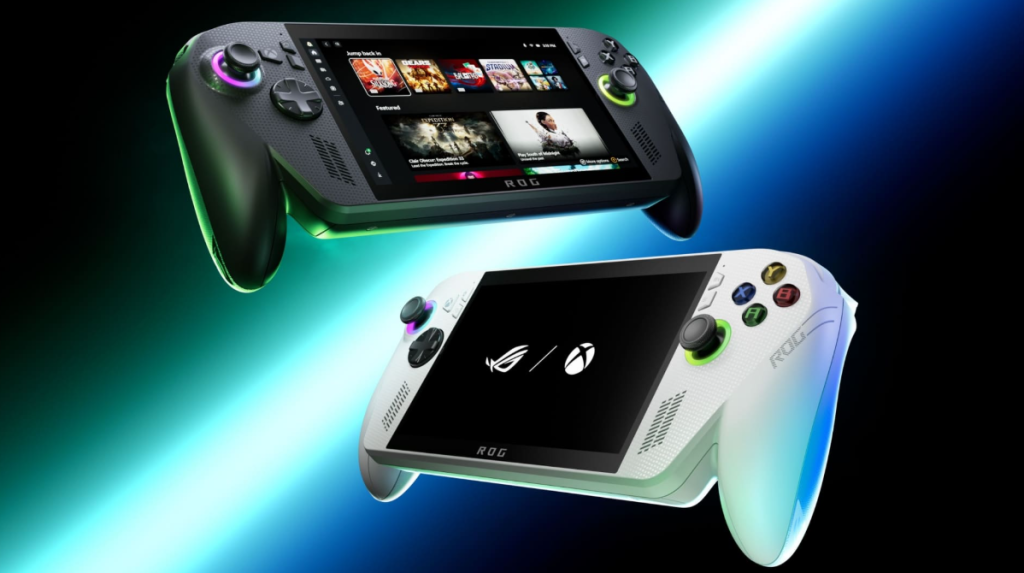
But then I looked over at my own ROG Ally sitting on the shelf and nearly laughed. It was like seeing your old hoodie rebranded by a fashion label and sold back to you for double the price.
This isn’t just me being cynical. Microsoft has genuinely made some improvements under the hood. The new devices come with updated processors and faster SSDs, which means snappier load times and smoother performance. That’s great on paper. But that also means a higher price tag. And considering the 2023 ROG Ally 512GB version already costs $650, these new Xbox-branded versions are likely headed toward the $700+ mark.
Now, I’m just a regular gamer with rent, a car payment, and a love-hate relationship with my credit card bill. Spending that kind of money on what looks like a re-skinned handheld? That’s a tough sell.
Still, I have to admit—Microsoft knows how to market. The promo video leans hard into nostalgia and familiarity. “It looks like an Xbox. It plays like an Xbox.” It’s made for Game Pass users who want to take Halo or Forza on the go. And for people who’ve spent years building their digital library, that’s a big draw.
Let’s not pretend it’s a new frontier, though. This is very much a collaboration with ASUS. Microsoft brought the branding, the software ecosystem, and Game Pass integration. But the hardware is unmistakably ASUS. Think of it like a co-branded sneaker—same sole, new logo.
I get the appeal. If you’re someone who commutes a lot, travels for work, or simply wants to lounge on the patio while grinding in Sea of Thieves, this handheld might genuinely change how you game. It’s kind of like when the Switch first came out—suddenly, gaming didn’t have to stop when you left your living room.
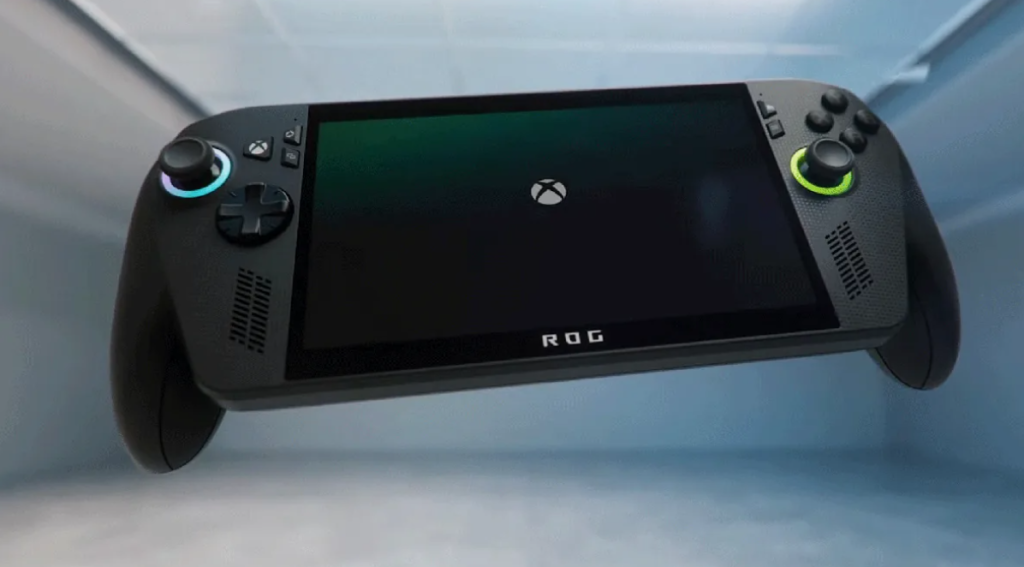
I remember a few months ago being stuck at Chicago O’Hare Airport during a 3-hour delay. I’d read every email in my inbox, played through Wordle, and was one click away from buying an overpriced travel pillow out of sheer boredom. If I’d had a handheld Xbox then? I’d have been raiding tombs or racing through Mexico instead of staring at a blinking departure screen.
So yes, maybe this device isn’t reinventing the wheel. But it is giving us a new way to roll with it.
The caveat? It still runs Windows. And anyone who’s tried to fiddle with desktop-style popups on a 7-inch screen knows how clunky that can feel. Sure, Microsoft says they’ve streamlined the UI, but I’ve used a ROG Ally. Typing in your admin password on a tiny touchscreen while balancing a Starbucks cup isn’t exactly “plug and play.”
So is the Xbox handheld worth buying?
Honestly, that depends on your expectations. It’s not a revolution like the Nintendo Switch, nor is it the open-source playground that is the Steam Deck. It’s something in between—a familiar, branded experience built around a subscription ecosystem.
Some players will love that. They’ll want to bring Starfield into the subway. Others will hesitate, unsure if another $700 device is really necessary.
I didn’t hit the preorder button. Instead, I opened up Diablo IV on my old ROG Ally and settled into the game. As it loaded, I couldn’t help but smile. Maybe the real “breakthrough” isn’t just in specs or design—it’s in that quiet moment where you lose yourself in a game, wherever you are.
The Xbox handheld might not be a revolution, but it’s definitely an invitation. One that says: Take your console memories and go.
![]()
